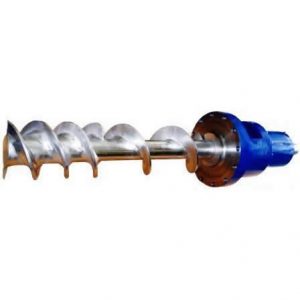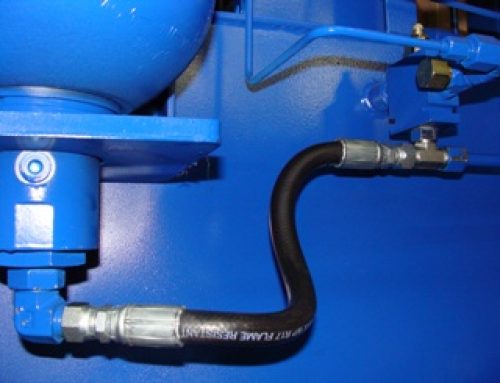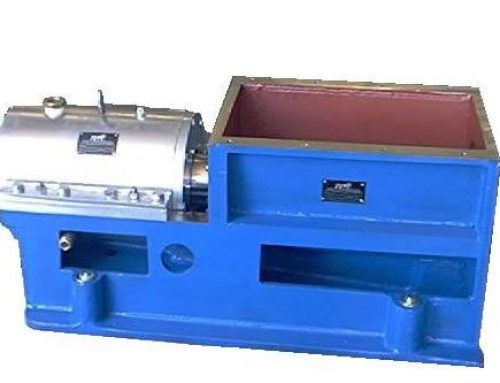As energy costs continue to rise, mills are looking for more ways to improve and optimize their processes. Compaction screw technology can help. The key to getting the most from a compaction screw is to ensure your process adapts to the screws ability to reduce fresh steam consumption.
To properly run in “Compaction mode” it is best to run your digester steam pressure as low as possible while still properly softening the wood. In many cases, lower pressure can be compensated by a longer retention time in the digester to achieve the same softening of the wood.
It is also possible to switch from pressure control to steam flow control to fully optimize fresh steam usage.
The screw is designed to create a “soft plug” which does not allow steam to blow through the screw. However, the compacted wood will require a larger motor to turn the screw compared to a standard in-feed screw (depending on your capacity and screw size).
- Because we are able to reduce the fresh steam flow by upwards of 50%, some critical changes need to be made in your process.
- Blow valve opening should be reduced due to the reduction in steam flow (this may require an orifice change in your blow valve to maintain openings between 30-70% during normal operation).
- Refiner plate designs should be altered to focus on fiber development and less on steam management. Unidirectional designs with shallow feed angles are preferred to reduce refiner load as well as “generated steam” within the refiner. This should result in an overall improvement in refiner stability.
- A small amount of steam may need to be injected into your refiner housing to boost differential pressure and maintain fiber velocity in the blow line.
- The blow line may be reduced in diameter to maintain fiber velocity (with the reduction in steam flow, velocity can be maintained with a smaller diameter).
When a ribbon feed screw and equalization line is used, it may require a valve to be installed to control back flow steam and ensure fresh steam does not flow forward down the equalization line (a positive differential in the refiner housing will help).
The compaction screw, housing and intermediate pipe fit clearances must be maintained properly to ensure the optimal performance.
For fiberboard applications, a reduction in dryer load should be seen (due to lower steam flows). Be sure that you are properly monitoring moisture contents and adjust dryer temperatures accordingly.
Every process is unique in how it operates. We can assist you in evaluating your system to ensure that your components are sized properly and that the correct controls are in place to reach the maximum potential for overall refiner system optimization.


